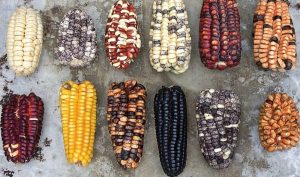Upon reading Roger Rumrrill’s interview with Guillermo Arrévalo and Joshua Homan’s chapter, I had heard of ayahuasca through TV shows and movies, but my knowledge didn’t go much deeper than that. I associated ayahuasca with the media stereotypes of it being just another form of tripping or awakening parts of your mind. I had a vague understanding that it was a product of South America, but I had no idea of its spiritual and healing purposes.
In Rumrrill’s interview, Sr. Arrévalo mentioned that many people come for ayahuasca treatment due to troubling things like depression, anxiety, and other mental health issues, as well as helping patients that have suffered from trauma. He uses the example of sexual assault and rape, in this case. This would indicate that ayahuasca healing is not only made for those suffering a spiritual crisis or unbalance but also those who are under psychological stress as well.
Something that really stuck out to me regarding this ayahuasca tourism was the number of people who claimed to be shamans who were administering the brew. He says “Many who say they are healers don’t know how to cure…They give the prepared potion to the client but get no results…If these European or American patients go to the liars, also, they constrain the work of real healers” (Rumrrill, 205). This could end up being dangerous for the patient, and I understand why he may be upset by this happening more often. I will say, though, that I do understand why many have turned to false shamanism. Being able to feed your family and afford a roof over your head are incredible motivators.
